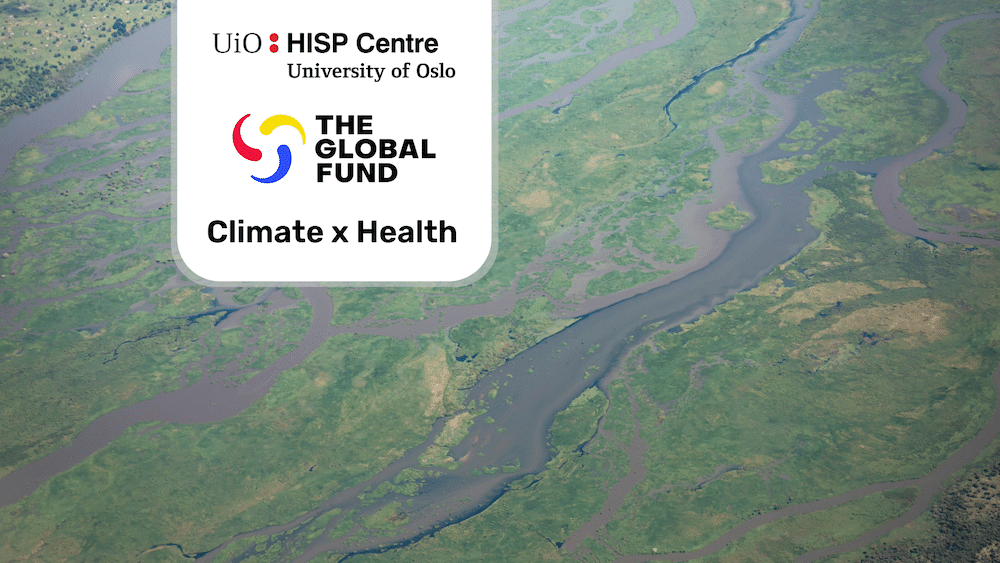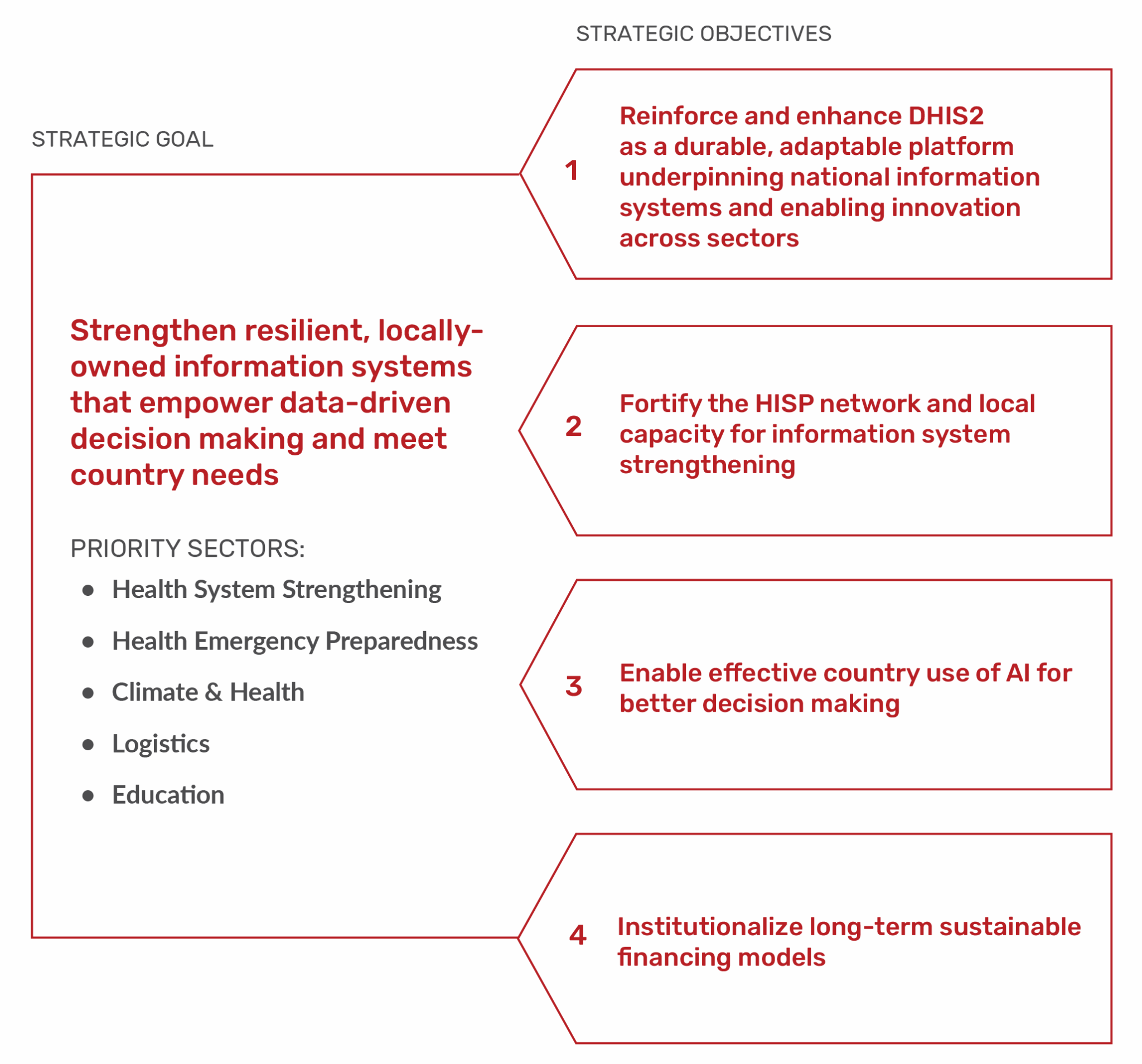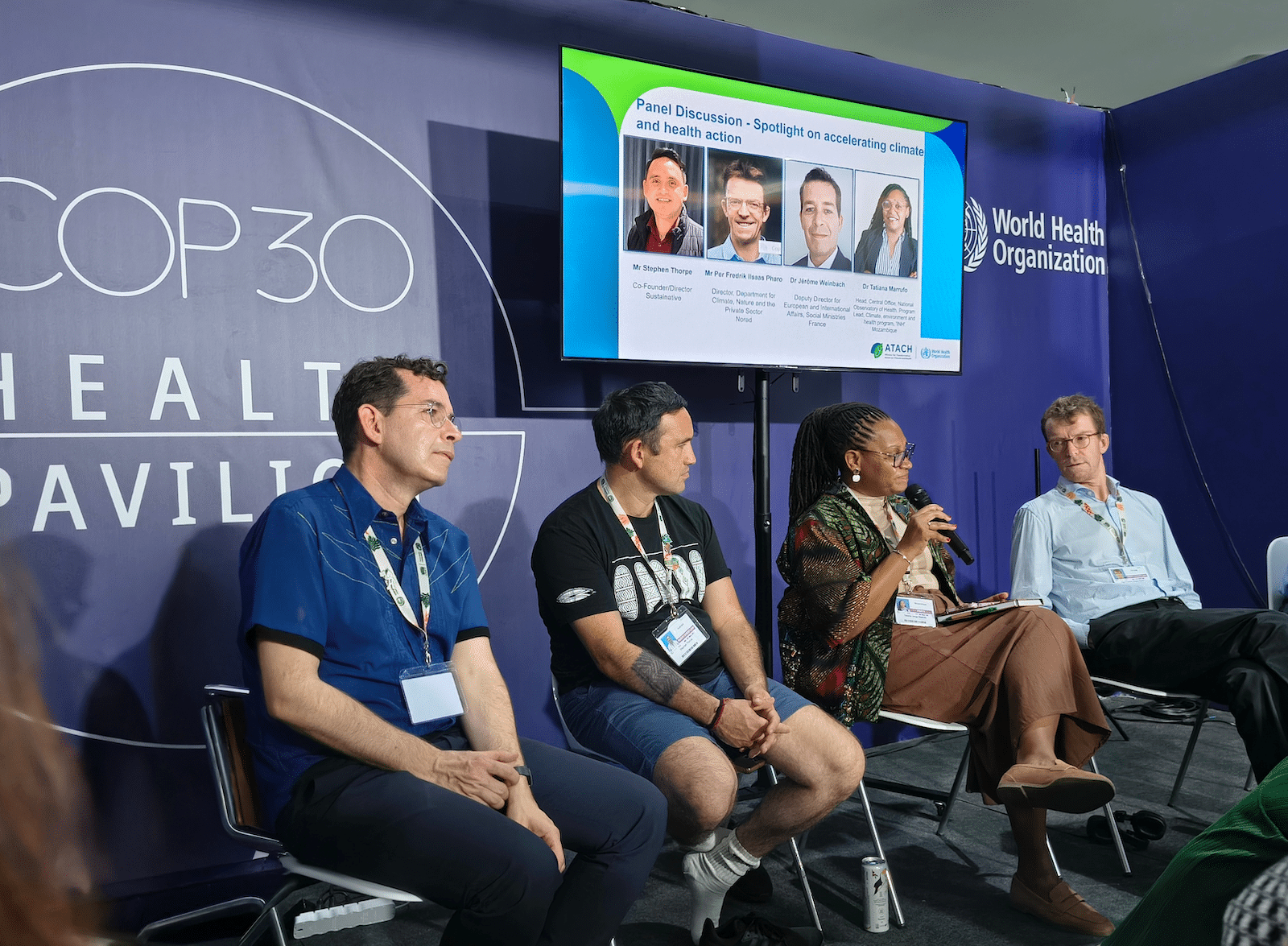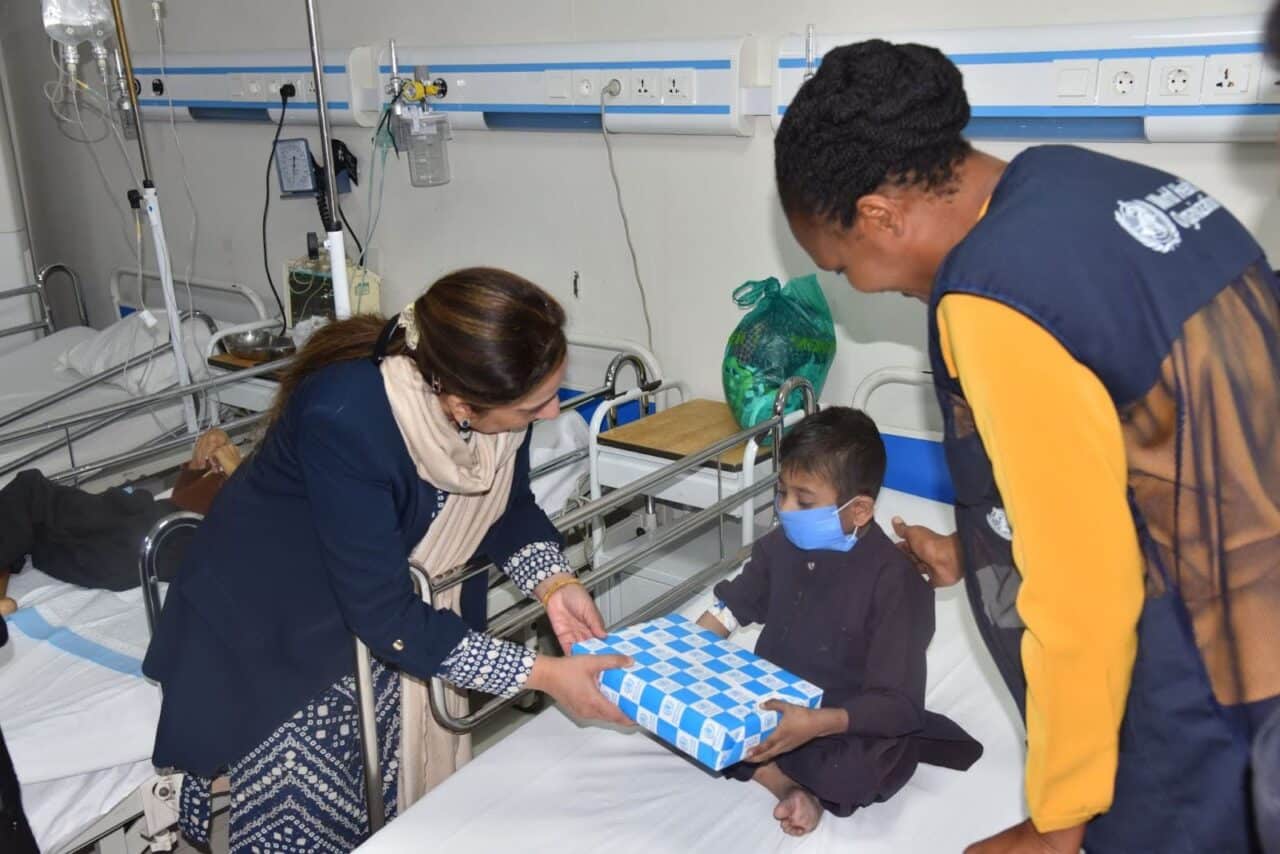
WHO and HISP UiO Collaboration on DHIS2 Expands to Include Cancer Data
Cancer becomes the newest focus area in the long-standing partnership on national health information systems between the World Health Organization and the HISP Centre at the University of Oslo, strengthening country monitoring and reporting.
Cancer data is now being integrated into national health reporting systems through DHIS2, marking a new milestone in the collaboration between the World Health Organization (WHO) and the HISP Centre at the University of Oslo (HISP UiO). Through this partnership, WHO and HISP UiO have supported countries in strengthening health information systems and monitoring a wide range of health programs. With cancer now joining as the newest domain for routine facility reporting, countries will be able to track indicators that support better management of cancer prevention, diagnosis, treatment, and care.
New Tools for Cancer Data Reporting
Cancer is a growing area of work for WHO, with focuses on breast cancer, cervical cancer, childhood cancer, and lung cancer. The onboarding of cancer indicators as part of the routine reporting systems in DHIS2 provides countries with new tools to track the sources and usage of medicines, measure treatment reach, and monitor program outcomes.
One example is childhood cancer medicines and treatment data. In 2025, as participating countries of the Global Platform for Access to Childhood Cancer Medicines (Global Platform), Ecuador, Mongolia, Nepal, and Zambia have started reporting on key indicators at country and facility level through DHIS2, and data for Uzbekistan is reflected in the system through other reporting mechanisms. These indicators include:
- Number of children receiving medicines supplied through the platform
- Stock-out rates and medicine consumption levels
- Governance mechanisms for program oversight
The reporting follows a set of comprehensive monitoring and reporting guidance for countries that are actively receiving cancer medicines. This reporting system builds on national DHIS2 capacity already in place, allowing countries to incorporate cancer reporting into existing health information flows. Country teams can validate and visualize their data, while WHO and partners use the information to inform decision-making and guide program implementation.
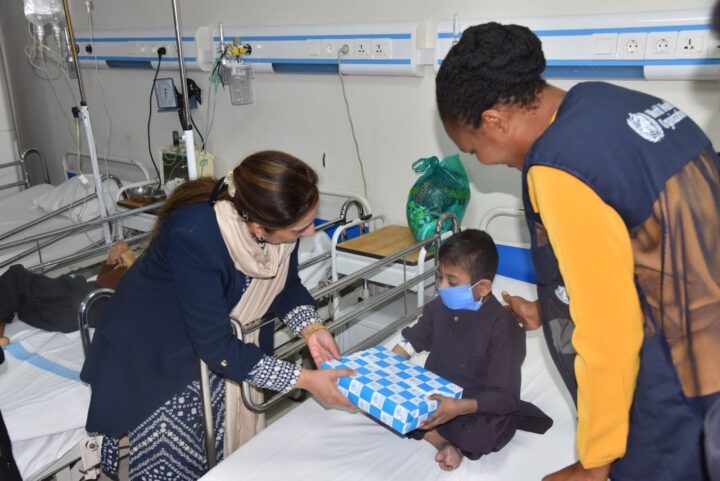
A first-of-its-kind initiative launched in 2021, the Global Platform aims to provide an uninterrupted supply of quality-assured cancer medicines to approximately 120,000 children in low- and middle-income countries (LMICs) over the next five to seven years. The initiative complements the Global Initiative for Childhood Cancer and shares the goal of increasing the survival rate of children with cancer globally to at least 60% by 2030 while reducing their suffering and improving their quality of life.
The Global Platform provides end-to-end support, consolidating global demand to shape the market, assisting countries with medicine selection, developing treatment standards, and building information systems to ensure effective care is delivered. At present, the Global Platform is working with 12 participating countries: Ecuador, El Salvador, Ghana, Jordan, Moldova, Mongolia, Nepal, Pakistan, Senegal, Sri Lanka, Uzbekistan, and Zambia. Countries also have the potential to connect with other cancer-related reporting systems, and to harmonise and enhance the capture and use of data to inform better management of cancer.
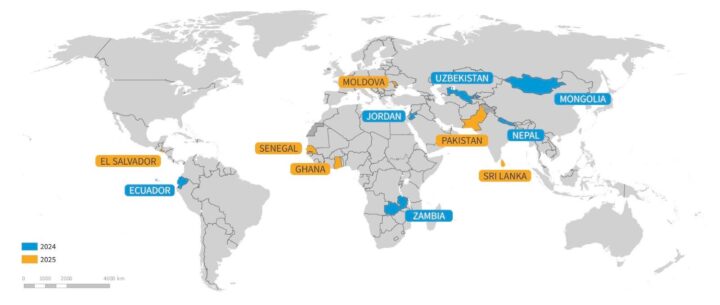
Building National Capacity
As a WHO Collaborating Centre for Innovation and Implementation Research for Health Information Systems Strengthening since 2016, HISP UiO plays a central role in supporting the works on health information systems strengthening. DHIS2’s open-source platform is supporting national implementations in more than 75 countries.
The vision is clear: countries should be equipped with the systems they need to manage programs effectively, informed by timely, high-quality data. Integrating monitoring and evaluation data of childhood cancer treatment into DHIS2 demonstrates how established global collaborations can evolve to meet new challenges, while continuing to build capacity in LMICs.
The adoption of DHIS2 by the Global Platform reflects the continued growth of the WHO–HISP partnership and its alignment with WHO’s broader strategy on cancer. With the expectation of further scaling up of the Global Platform, there is momentum and a clear need to support data systems for childhood cancer medicines and treatment.
Disclaimer: This communication piece is published by the University of Oslo which is a WHO Collaborating Centre for Innovation and Implementation Research for Health Information Systems Strengthening, and it is not a publication of WHO. The University of Oslo is responsible for the views expressed in this publication, and they do not necessarily represent the decisions or policies of WHO.
